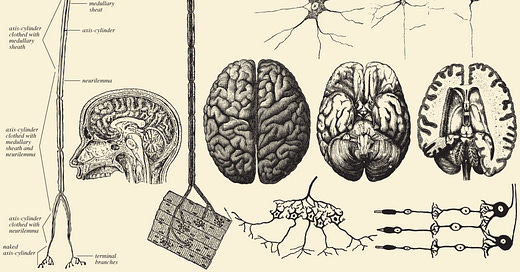Music as brain medicine-- Autism
Music may be used as a treatment for people with autism spectrum disorder. It may activate the neural (brain) circuitry that governs emotional response. In a 2019 publication, Canadian scientists hypothesized that listening to music taps into the circuit that connects the midbrain (an evolutionarily primitive area (part of the brainstem) that governs he…
Keep reading with a 7-day free trial
Subscribe to From Brain to Mind to keep reading this post and get 7 days of free access to the full post archives.



